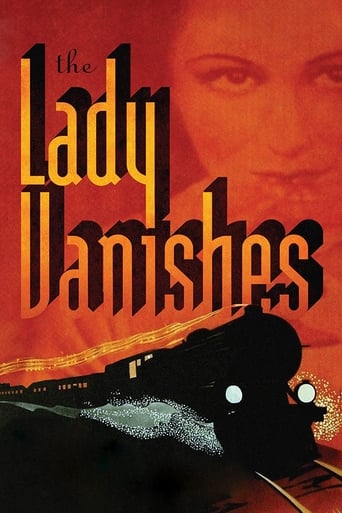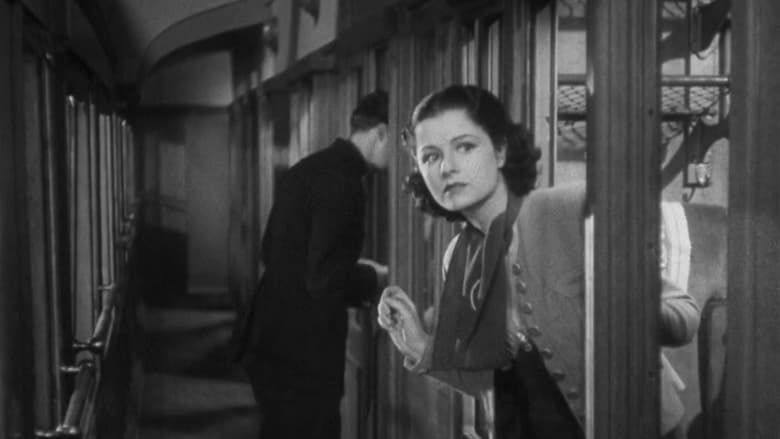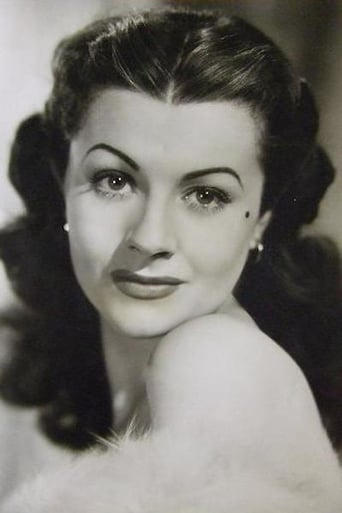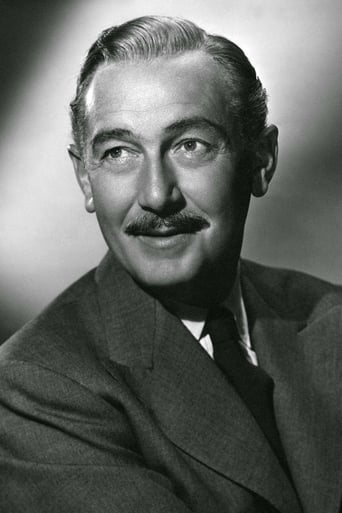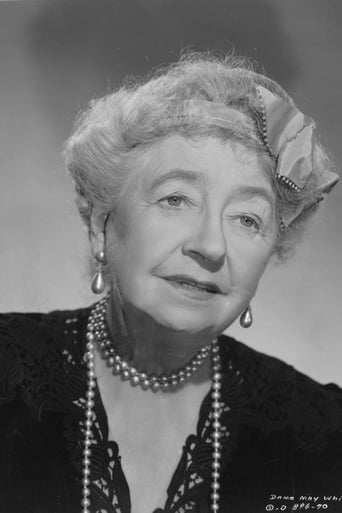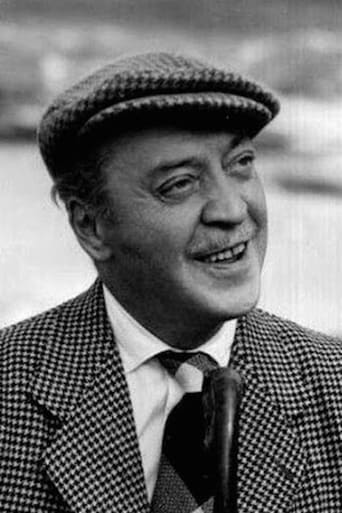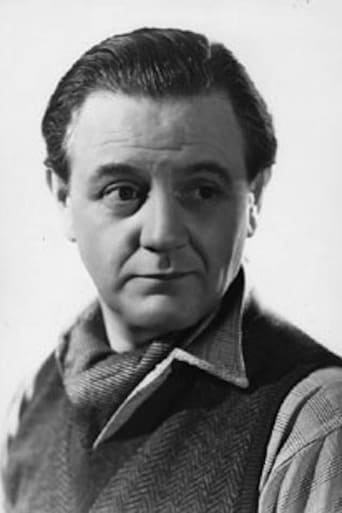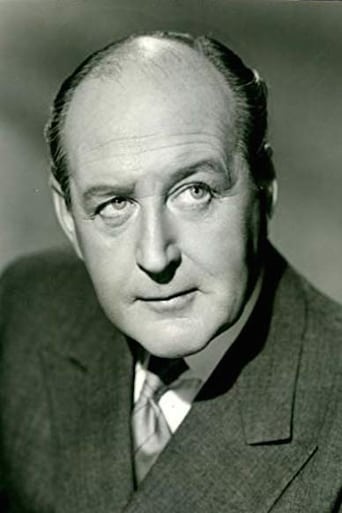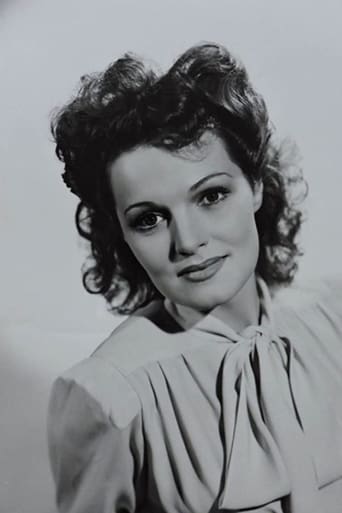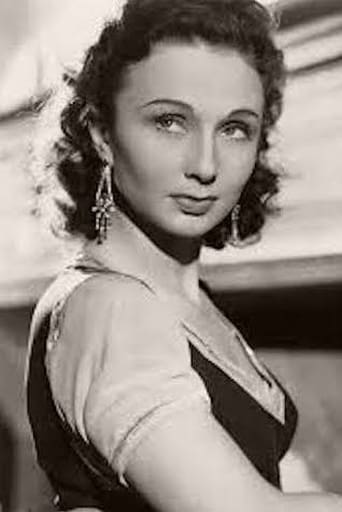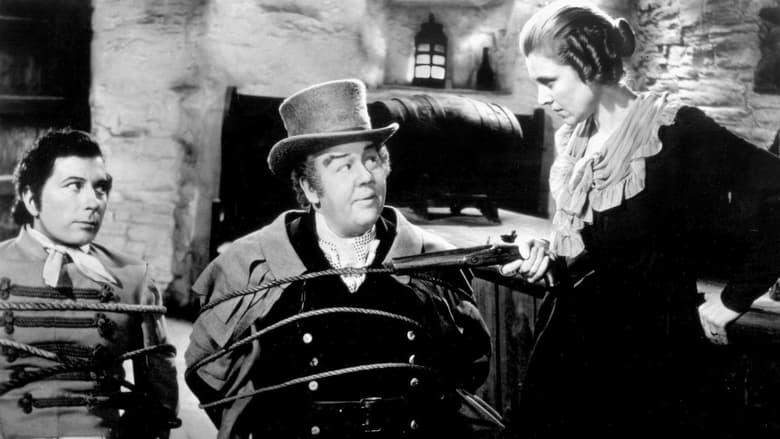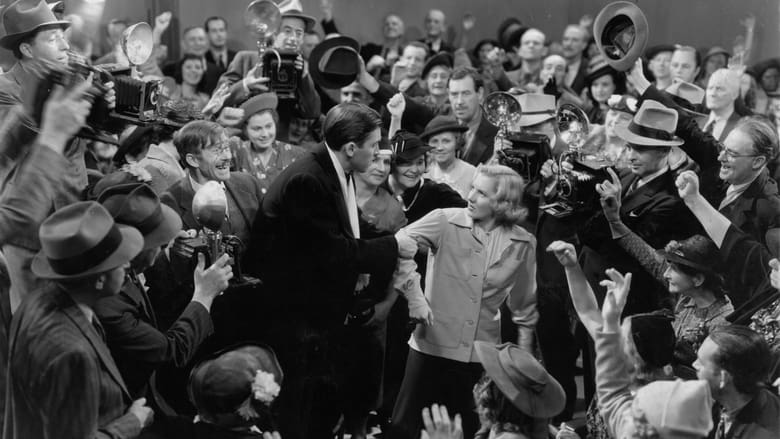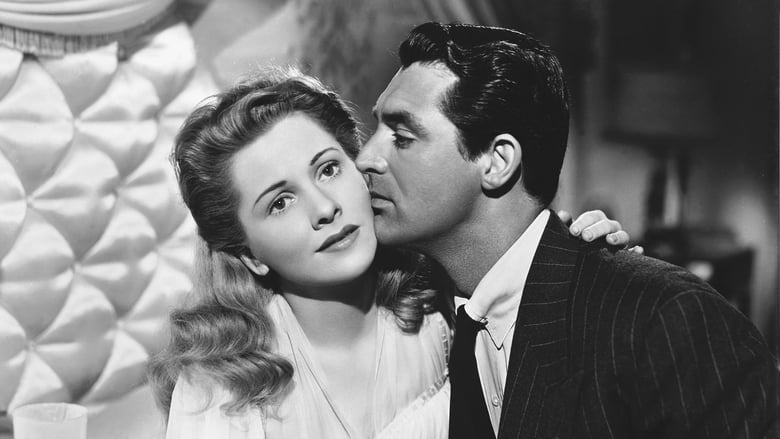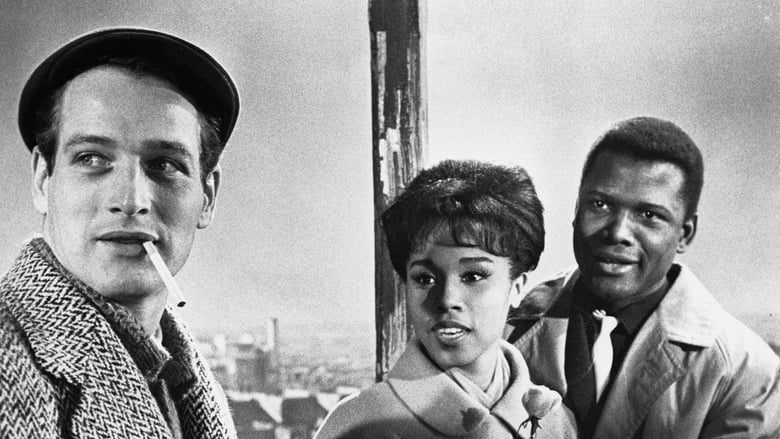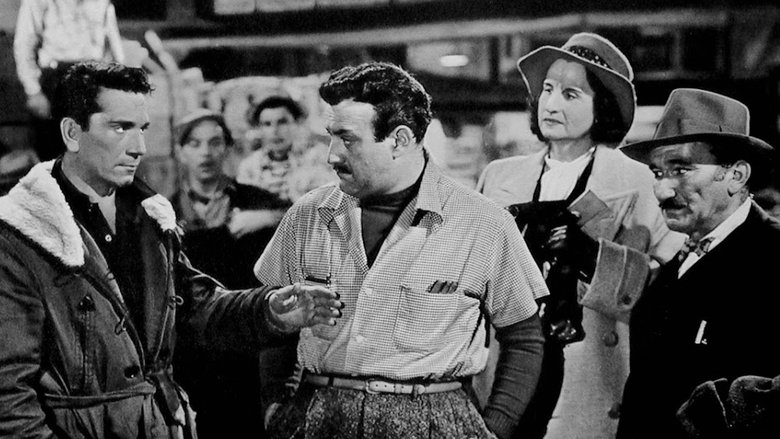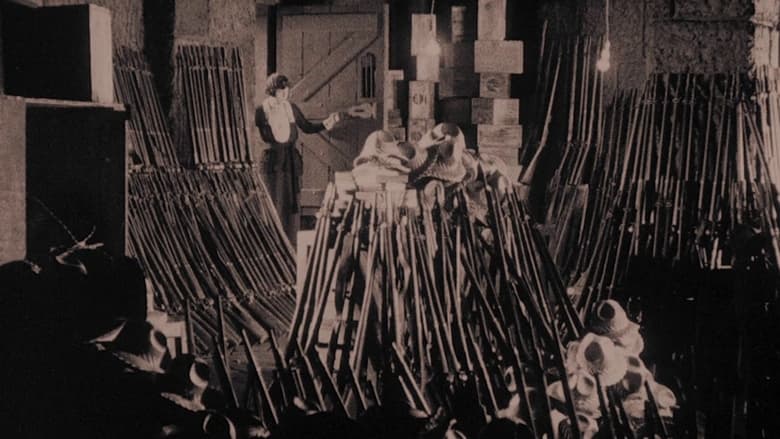On a train headed for England a group of travelers is delayed by an avalanche. Holed up in a hotel in a fictional European country, young Iris befriends elderly Miss Froy. When the train resumes, Iris suffers a bout of unconsciousness and wakes to find the old woman has disappeared. The other passengers ominously deny Miss Froy ever existed, so Iris begins to investigate with another traveler and, as the pair sleuth, romantic sparks fly.


Similar titles

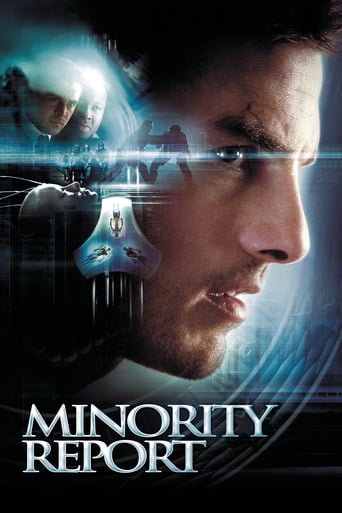

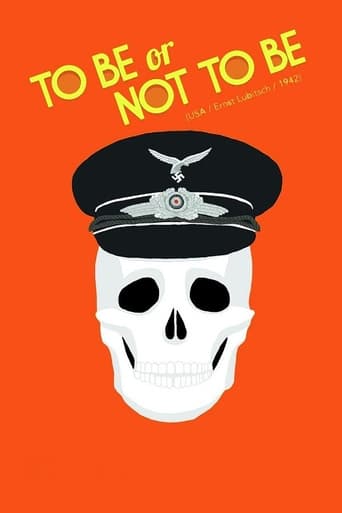
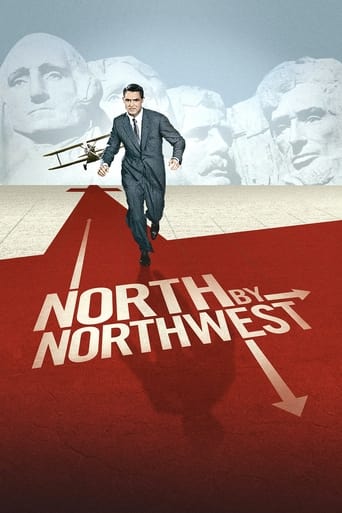

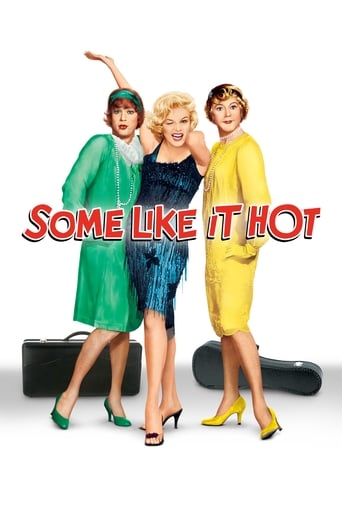


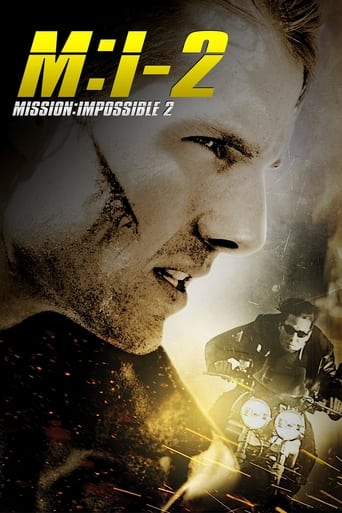
Reviews
It may open with possibly the worst model shots in all of cinema but in every other respect Alfred Hitchcock's "The Lady Vanishes" isn't just one of his enduring masterpieces but possibly the greatest comedy-thriller ever made. It feels almost superflous reviewing it now but here goes. For anyone who may have been living on Mars these past eighty years this is the one set, for the most part, on a train and dealing with the sweet old lady who disappears and who isn't all she first appears to be. Hitchcock made it in 1938, the setting was a Europe heading into war and naturally there are villains and spies.It also comes as close to perfection as movies possibly can with a ridiculously good script by Launder and Gilliat and the kind of cast that only comes along once in a lifetime. Margaret Lockwood was already a star in Britain when the film was made but she was never better than she is here. Michael Redgrave, a star on stage, was making his screen debut and his is a lovely, dashing comic performance while the supporting cast are sublime. Basil Radford and Naunton Wayne are Charters and Caldicott, the cricket-mad Englishmen abroad; they made such an impression they were to reprise their roles in "Night Train to Munich" and "Millions Like Us".May Whitty, or to give her her full title, Dame May Whitty is Miss Froy, the lady who vanishes while potential villains, spies and adulterers include future Oscar winner Paul Lukas, Mary Clare, Cecil Parker, Linden Travers and the great Catherine Lacey as the nun in high heels. In 1979 it was remade by Anthony Page in full colour but none of the subtlety, suspense or comic timing of the original. That version was watchable but this is absolutely essential.
for a long time, it was for me the film of Dame May Witty. not surprising, because her presence/absence remains same fascinating. than, the performances of Margaret Lockwood and Michael Redgrave was the axis for admire this special gem. not the least, the story. and , sure, the art of Hitchcock in his early period. as one of my favorite film from childhood, it is easy to define The Lady Vanishes as a remarkable film. its power of seduction remains the same. the mystery is source of fascination. the incredible parts gives to it a special charm. its innocence, the ball of political implications, the fight between parts, the art of looks as significant ingredient are, in same measure, good points. a lovely film. and useful introduction to the universe of Alfred Hitchcock.
Often a criticism of action films is that the lead female character is poorly imagined, acts too helpless to exist, or can't survive in any real setting. It's a criticism that existed since the first Perils of Pauline - the early American silent series that would have Pauline kidnapped by a mustachioed villain and tied to a train track. To say the least, Pauline was not very smart. But she drew in crowds.Any film that didn't have the female going through these Pauline stunts wasn't considered an action film. The smarter females were reserved for comedies and woman "weepies" - or foreign film stars such as Leni Riefenstahl. Yes, foreign films had a gift for making their heroines smart - but they didn't draw in the crowds that the dim-witted, English-speaking girls did.Perhaps it was the comedic aspects of the romantic thriller, The Lady Vanishes, that allowed its lead character, Iris Henderson, to thrive. The character was central to not only moving the plot, but also keeping the audience involved. She not only wasn't dumb, she was exasperatingly too smart. This female role didn't drive off audiences, however. The film was an international hit.Iris Matilda Henderson is touring Europe before she has to settle down in a marriage her father arranged with some royal scion. After living off her father's self-made wealth, she is resigned to give him some royal recognition. But she doesn't let her friends talk to her about happiness. She refuses to be spoiled.Unfortunately, an avalanche interrupts her plans. It strands her and a whole host of travelers in a small cramped hotel in some fictional Eastern European country. Iris is barely inconvenienced, however. She shares a floor with an elderly governess by the name of Miss Froy, and she's bugged by a musicologist by the name of Gilbert - two people more worldly than Miss Henderson, but she's not one to judge. Besides, there is a way out. The next morning, a substitute train will come and transport them all to Paris, from which she can make her way back home to London.Alas, on the way to the train someone drops a potted plant (?) on Iris, and she blacks out. Miss Froy offers to look after the poor girl on the journey; they both are headed to the same destination. Miss Froy prepares cold compresses, and looks after meals. Miss Henderson tries to rest. The women quickly form a bond.Around lunchtime, however, Iris wakes up, and Miss Froy is nowhere to be found. She asks her fellow car passengers, a foreign minister of some Germanic country and an Italian stage magician if they've seen her companion. They say she had no companion.Incredulous, she doesn't waste anytime. She calls them stupid, and goes to search for Miss Froy. Unfortunately, she doesn't find much help. Every passenger, especially those of English origins, have their own conceits for denying the existence of Miss Froy, and implying that Miss Henderson is touched.She doesn't care. She is much better at dishing out insults, and she is determined to find her kindly helper.The Lady Vanishes was directed by Alfred Hitchcock, but he came onto the project. Originally, the film was to be shot in multiple locations including Yugoslavia by another director. That director wasn't good at hiding the script, however. Once Yugoslavian officials read a pinched copy of the script, they objected to how their country was portrayed as dimwitted and fascist. (Although based upon a book, Sidney Gilliat and Frank Launder's adaptation added characters, an obvious political message, and Italian and Germanic villains in this flick that was released a couple of months before the start of WWII.) The Yugoslavian government kicked the cast and crew out. And the entire project was put on hold.Alfred Hitchcock knew the writers, who had been trying to sell this anti-appeasement, anti-fascist adventure yarn in a Chamberlain England. Hitchcock was already in negotiations to start directing in Hollywood. He decided to revive the project, and make this one of his last films for Gaumont British Studios.Hitchcock accommodates the foreign country scenes with an obvious model train set. (No sense in letting some other country get the shot of delaying the film.) Although some of the jokes fall flat, he also doesn't try and distance himself from the comedic elements of the script. Alas, the viewer can't tell where Hitchcock begins and Gillian and Launder ends. This is a true collaboration between writers and director.Francois Truffaut when he interviewed Hitchcock, admired how much Iris was able to accomplish. Hitchcock admitted even he was surprised many of Iris' traits survived the cutting room floor. And that was the ticket. Her smarts were crucial to moving the plot forward. Previous to the 1960's, Iris was the smartest, English-speaking female character on celluloid. Oh not by degrees, or citations! No, Iris had a mystery on her hands, one that pitted her against a high powered lawyer, the minister of a spy agency, a renowned magician, a national government psychiatrist (Think Hanibal Lecture!), two staticians, minions who like to play mind games, as well as England's favor for isolation, and a lady with a secret; and she outwitted them all! Iris had the one-line zingers. She had the action sequences. In the beginning of the film, Henderson says that it's time to settle down because she's done everything. By the end of the film, many viewers agree.
Why does THE LADY VANISHES stand up so well, nearly eighty years after its first release? By rights, it shouldn't do so; filmed almost entirely in Islington Studios, with extensive use of back- projections, second unit film and model shots, its modest budget is palpably evident: no CGI graphics to liven up the action here. But such criticisms seem unimportant in a film whose various elements seem to cohere perfectly. As the heroine Iris Henderson, Margaret Lockwood is both strong-willed yet vulnerable, especially in the scenes in the train where she insists that the eponymous lady Miss Froy (Dame May Witty) actually exists, despite her fellow- passengers' denials. Her male companion Gilbert (Michael Redgrave) undergoes something of a character change, as he sheds his supercilious exterior and dedicates himself to solving the mystery. The way he stands up to the evil doctor Hartz (Paul Lukas), is quite admirable. Yet Hitchcock's film is perhaps noticeable for the quality of its supporting performances. Cecil Parker and Linden Travers, as a pair of illicit lovers, are both frightened and scared of discovery; they do not want anything to do with the mystery. Parker tries his best to remain detached, even agreeing to surrender at one point; but his overtures are ruthlessly spurned. Mary Clare as an Italian-speaking Baroness remains sour-faced throughout; it's clear she's only in the whole scheme for the money. By contrast Catherine Lacey, as a would be nun in high heels, realizes the error of her ways and supports Gilbert in his quest. The two stand-out supporting actors are Basil Radford and Naunton Wayne as the cricket-loving Charters and Caldicott. Due to their obsession with the Test Match at Manchester, they are prepared to sacrifice everything, even their integrity; but when they become involved in the denouement, they prove to be worthy allies. Caldicott turns out to be a crack shot, which proves exceptionally useful in the circumstances. The duo proved so successful that they reappeared in other films, notably NIGHT TRAIN TO MUNICH (1940) and IT'S NOT CRICKET (1949).Hitchcock is at his most playful here, enjoying the forbidden pleasures of photographing ladies in a state of déshabillé (Lockwood, Googie Withers, and Sally Stewart), or the visual jokes of seeing Gilbert and Iris trying to find the vanishing lady in the guard's van, or Gilbert trying and failing to remember the melody that contains a vital clue necessary to Britain's future security. The plot is pure hokum, of course, but as with many of Hitchcock's British films, it is largely irrelevant. It's far more fruitful to share the director's joy at concocting such a technically near-perfect piece of entertainment.
